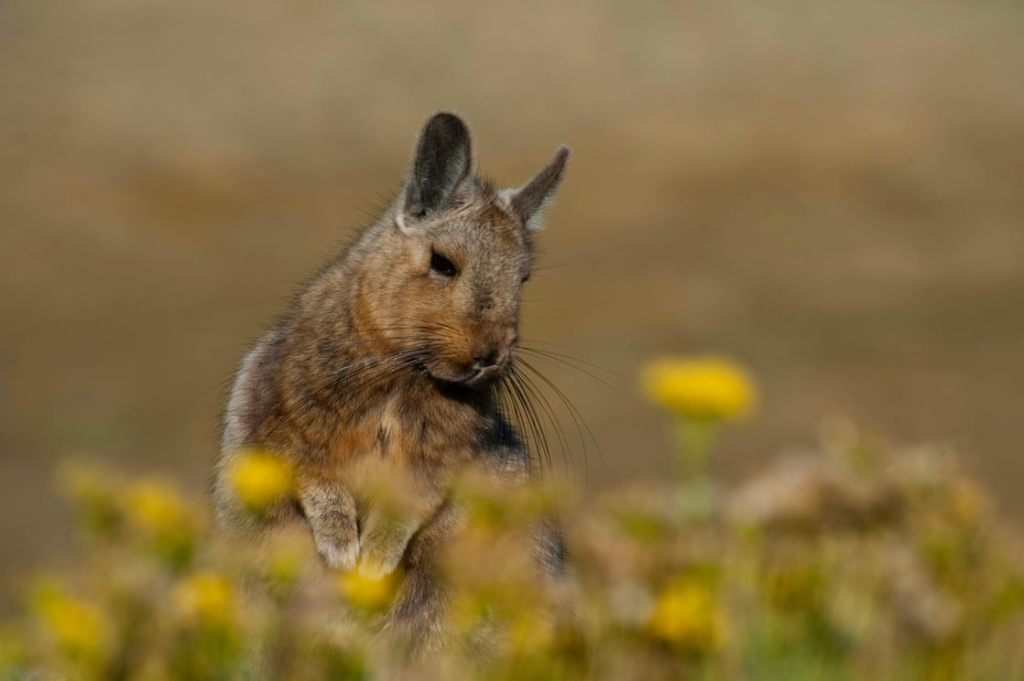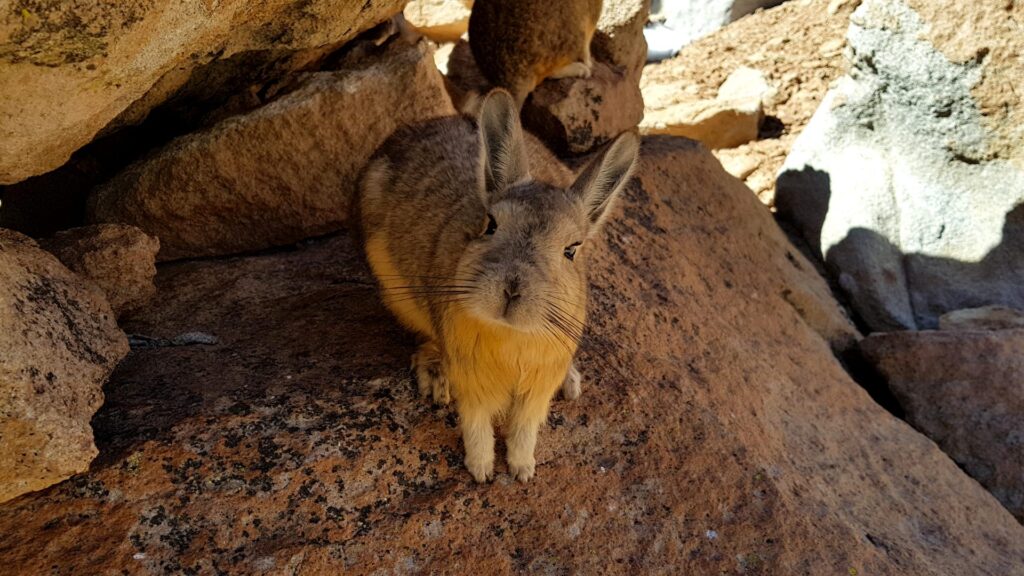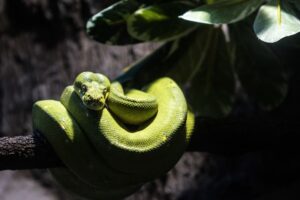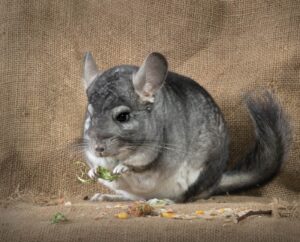Table of Contents
ToggleIntroduction
Nestled in the diverse landscapes of Argentina, the Viscacha, a charismatic and unique rodent, captures the essence of the country’s rich biodiversity. Known as the “Viscacha Argentina,” this fascinating creature is a testament. To the adaptability and resilience of wildlife in the South American wilderness. Viscacha Argentina? With its endearing appearance and distinctive behaviors, the Viscacha Argentina plays a crucial role in the ecosystems it calls home. As we delve into the world of this extraordinary rodent, we uncover the intricacies of its habitat behavior. And significance in Argentina’s natural tapestry.
Physical Characteristics Of Viscacha Argentina
Appearance and Size
Viscacha Argentina, also known as the plains viscacha (Lagostomus maximus), is a distinctive rodent species native to the arid landscapes of Argentina. It possesses a robust and compact body characterized by a blend of colors that aids in its camouflage within its arid surroundings. The fur of the Viscacha Argentina typically displays a mix of sandy and brown hues. Providing effective concealment against the earthy tones of its habitat.
In terms of size, Viscacha Argentina is a relatively large rodent. With adults reaching lengths of approximately 20 to 26 inches (50 to 65 cm), excluding their tails. Their tails add 6 to 9 inches (15 to 22 cm) to their total length. The overall build of the Viscacha Argentina reflects its adaptation to life in open plains and rocky terrains.
Unique Features – Ears, Tail, and Fur
One of the standout features of the Viscacha Argentina is its distinctive ears, which are large and prominent. These ears serve multiple purposes, including heat regulation in the arid environment. And aid in the detection of predators or approaching dangers. The keen sense of hearing contributes to the Viscacha’s survival in open habitats where visibility might be limited.
The tail of the Viscacha Argentina is long and bushy, a characteristic trait shared with other members of the Viscacha family. This tail serves as a multifunctional tool, providing balance during rapid movements and aiding in communication within colonies. It serves as an additional means of temperature regulation.
Adaptations to Arid Environments
The Viscacha Argentina has evolved specific adaptations to thrive in the challenging conditions of arid environments. Its kidney structure allows for efficient water conservation, enabling it to extract moisture from the vegetation it consumes and minimizing water loss. This adaptation is crucial for survival in regions where water sources are scarce.
The Viscacha Argentina’s burrow systems, another adaptation to arid environments, provide refuge from extreme temperatures. Offering a cool and sheltered space during the scorching heat of the day. The caves also serve as communal living spaces, fostering social interactions within colonies.
Habitat And Ecology Of Viscacha Argentina
Preferred Habitats – Mountains, Plains, and Deserts
Viscacha Argentina, or the plains viscacha (Lagostomus maximus), exhibits a remarkable adaptability to a variety of habitats within Argentina. This rodent species is primarily found in arid and semi-arid regions, including plains, mountains, and deserts. It thrives in environments characterized by open landscapes, rocky terrain, and sparse vegetation. The Viscacha Argentina’s ability to inhabit diverse habitats showcases its ecological flexibility and resilience in the face of challenging conditions.
In mountainous regions, Viscacha Argentina is known to occupy higher elevations, where it navigates rocky slopes and utilizes burrows for shelter. On the plains, it adapts to the expansive grasslands and deserts. It copes with arid conditions through specific behavioral and physiological adaptations. This versatility in habitat selection highlights the species’ ability to occupy a range of ecosystems across Argentina.
Role in Ecosystems and Biodiversity
The Viscacha Argentina plays a vital role in its ecosystems, contributing to the overall biodiversity and functioning of the habitats it inhabits. As a herbivorous rodent, it influences vegetation dynamics through its feeding habits. Which, in turn, can impact the composition of plant communities in its environment. By consuming various plant species, the Viscacha Argentina contributes to nutrient cycling and plant regeneration, influencing the structure and diversity of the ecosystem.
The burrow systems created by Viscacha Argentina have broader ecological implications. These burrows provide shelter for the viscachas themselves. They are also utilized by other species, such as small mammals and birds, contributing to the creation of microhabitats within the larger landscape. In this way, Viscacha Argentina acts as an ecosystem engineer, shaping its environment and indirectly influencing the distribution of other species.
Feeding Habits and Diet
Viscacha Argentina is primarily herbivorous, relying on a diet composed of various plant materials. Its feeding habits are adapted to the arid environments it inhabits, where food resources can be limited. The rodent consumes grasses, leaves, and other vegetation, utilizing its specialized digestive system to extract nutrients from fibrous plant material.
The diet of Viscacha Argentina is well-suited to the arid habitats it occupies. By feeding on available plant resources, it contributes to nutrient cycling within the ecosystem. The rodent’s selective feeding may also influence the distribution and abundance of certain plant species, shaping the composition of vegetation in its surroundings.
Behavior And Social Structure Of Viscacha Argentina

Nocturnal and Diurnal Activities
Viscacha Argentina exhibits a fascinating blend of both nocturnal and diurnal activities, adapting its behavior to the specific demands of its environment. During the cooler hours of the morning and evening, Viscacha Argentina is often active, engaging in foraging, social interactions, and other essential tasks. This diurnal behavior allows the rodent to take advantage of favorable temperature conditions while minimizing exposure to the intense heat of the midday sun.
In contrast, Viscacha Argentina may retreat to its caves or find shelter during the hottest parts of the day. This behavior aligns with its adaptation to arid environments, where temperature regulation becomes crucial for survival. By incorporating both diurnal and nocturnal activities into its routine, Viscacha Argentina demonstrates a strategic approach to optimizing its energy expenditure and avoiding environmental stressors.
Social Interactions within Colonies
Viscacha Argentina is a social rodent that often forms colonies, known as “warrens” or “communities,” where individuals engage in cooperative behaviors and social interactions. These colonies are typically composed of related individuals, fostering a sense of community and cooperation within the group.
Social interactions within Viscacha Argentina colonies include grooming, play, and communication through vocalizations and body language. These behaviors contribute to the cohesion of the group and help strengthen social bonds. Colonies often share a complex system of interconnected caves, providing shelter and safety for individuals.
Conclusion
In the heart of Argentina, the Viscacha stands as a symbol of the country’s diverse and vibrant wildlife. Its presence in arid landscapes and mountainous regions is a reminder of the resilience of life in the face of challenging environments. As we explore the unique characteristics and behaviors of the Viscacha Argentina, we gain not only a deeper understanding of this charming rodent but also an appreciation for the interconnectedness of species in Argentina’s ecosystems. Preserving the habitats that sustain the Viscacha becomes an integral part of safeguarding the biodiversity that defines Argentina’s natural heritage, ensuring that future generations can marvel at the enduring spirit of this captivating rodent.







